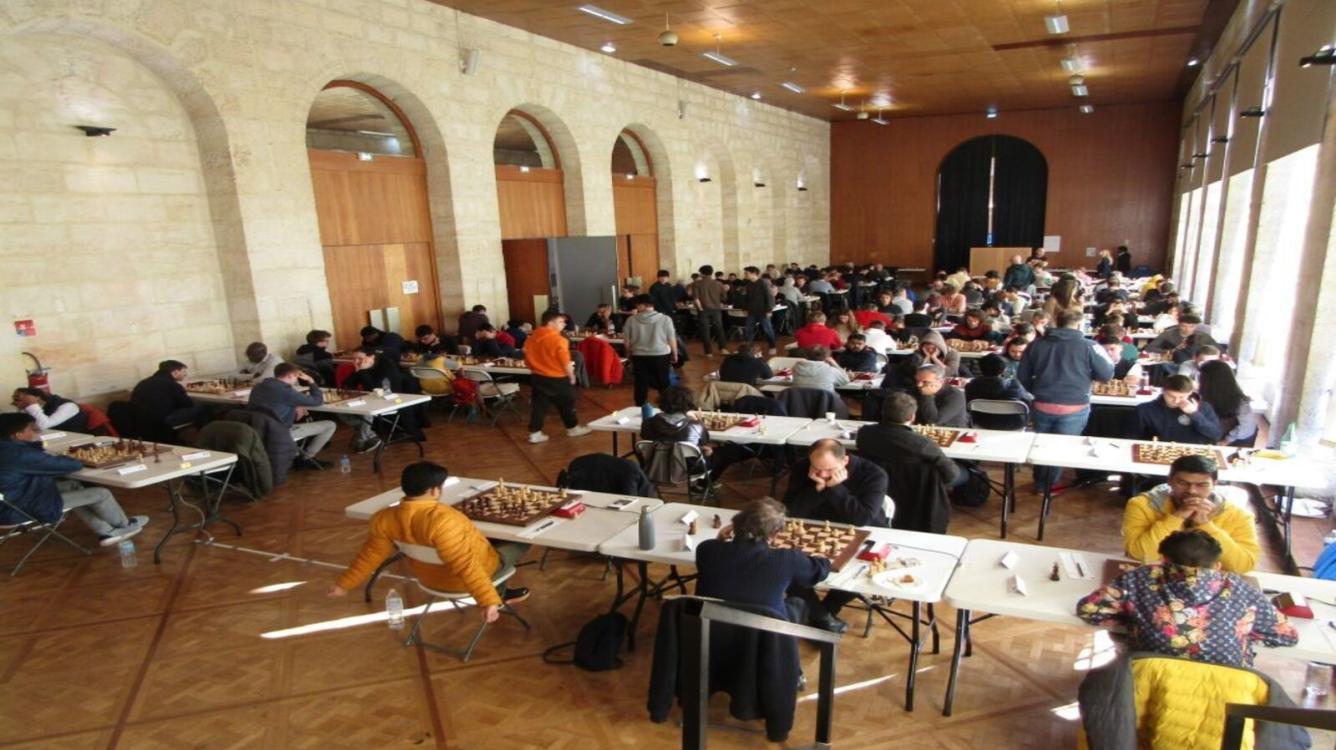
My 1st GM norm
Greetings everyone! I haven't posted a blog in slightly over 2 years now. I always enjoyed writing but had to take a hiatus in order to play more tournaments. Since then I became an international master, and I'm currently on a quest to get the GM title. I made some progress recently and scored my first grandmaster norm at the Rochefort Chess Festival in France. I would like to present the critical moments in the games from that tournament and also highlight some important lessons I learned.
In round 1 my low-rated opponent forfeited on me. It was the first time I won such a game.
My opponent in round 2 was the solid Aniruddha Deshpande from India. I saw he played the 4.Qb3 variation against my Semi-Slav, the opening which has served me well for the past 5 years. I prepared to play e6 and in the game, this actually transposed to a closed Catalan. In an equal position on move 20, he offered me a draw which I rejected after some thought.
In round 3 I beat an FM with smooth positional play. In round 4 I beat a talented French player my age in an interesting Sicilian battle.
The tournament began smoothly with me being on 4/4 at this point. In rounds 5 and 6 I used the white pieces to make fast draws with GM Sasikiran and GM Ghosh. In round 7, I played a complex game with IM Larkin from Ukraine. There was a crucial strategic mistake I made regarding when to exchange pieces and when to keep them.
In round 8 I faced GM Maksimenko, and he surprised me with a well-prepared Slav line. I got an edge and tried to squeeze him on the board and clock, but he solved all his problems without giving me a chance and I had to agree to a draw. I learned in the post-mortem that he actually offered me a draw on move 12, but I didn't hear him! ![]() Regardless, I would've played on anyway because I came into this game trying to win -I was white and nearly 50 points higher rated.
Regardless, I would've played on anyway because I came into this game trying to win -I was white and nearly 50 points higher rated.
In round 9 I faced a young French IM. It was an Italian game and I offered an early draw, which was rejected! This was a fascinating strategic game where my opponent made some great decisions, and it was a truly remarkable fight. I am grateful to my opponent for allowing a rare underpromotion at the end, instead of giving me a bunch of spite checks. ![]()
Overall, I played a solid tournament to tie for first (although I was the one who was undefeated, GM Ghosh had a slightly better tiebreak score, so I was second on tiebreaks) and was happy to score a norm along the way. I will continue solving positions from books and from the academy I train with because it's evident that hard work eventually pays off.
The academy which has improved my calculation, endgame, and chess understanding is https://killerchesstraining.com/.
I have also used Forward Chess for studying chess books to improve my game.